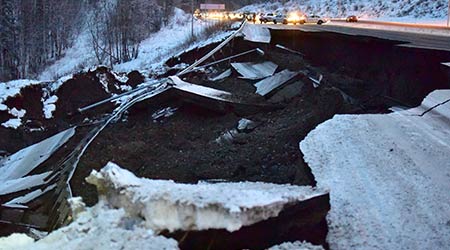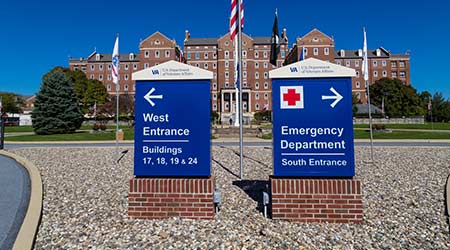
Building Codes Minimize Quake Damage
December 4, 2018
Earthquake preparedness involves a comprehensive effort on the part of institutional and commercial facilities to ensure the safety and health of occupants and visitors. But successful efforts go far beyond such steps. They also involve the adoption and use of building codes designed to address specific issues related to earthquakes. In the case of the recent Alaska earthquakes, building codes might be the key to the resulting minimal damage to buildings and the relatively few injuries and no deaths.
The magnitude 7.0 earthquake that rattled Anchorage cracked roads and collapsed highway ramps, but there were no reports of widespread catastrophic damage or collapsed buildings. There is a good reason for that, reports The Chicago Tribune.
A devastating 1964 Alaska earthquake — the most powerful on record in the United States — led to stricter building codes that helped structures withstand the shifting earth Friday. "Congratulations to the people of Alaska for being really prepared for this earthquake," U.S. Geological Survey Geophysicist Paul Caruso says. "Because a magnitude 7.0 in a city like that, you know, could have been significantly worse."
The quake was centered about 7 miles north of Anchorage. People ran from offices or took cover under desks. A 5.7 aftershock arrived within minutes, followed by a series of smaller quakes. After the first earthquake, Alaska's largest hospital activated its incident command center, but the trickle of patients into the emergency room at Providence Alaska Medical Center in Anchorage was more like a normal workday and not a mass casualty event. The injuries were described as minor, and there were no patients with life-threatening conditions.
Dan Hounsell is editor-in-chief of Facility Maintenance Decisions, and Facilitiesnet.com.
Next
Read next on FacilitiesNet












